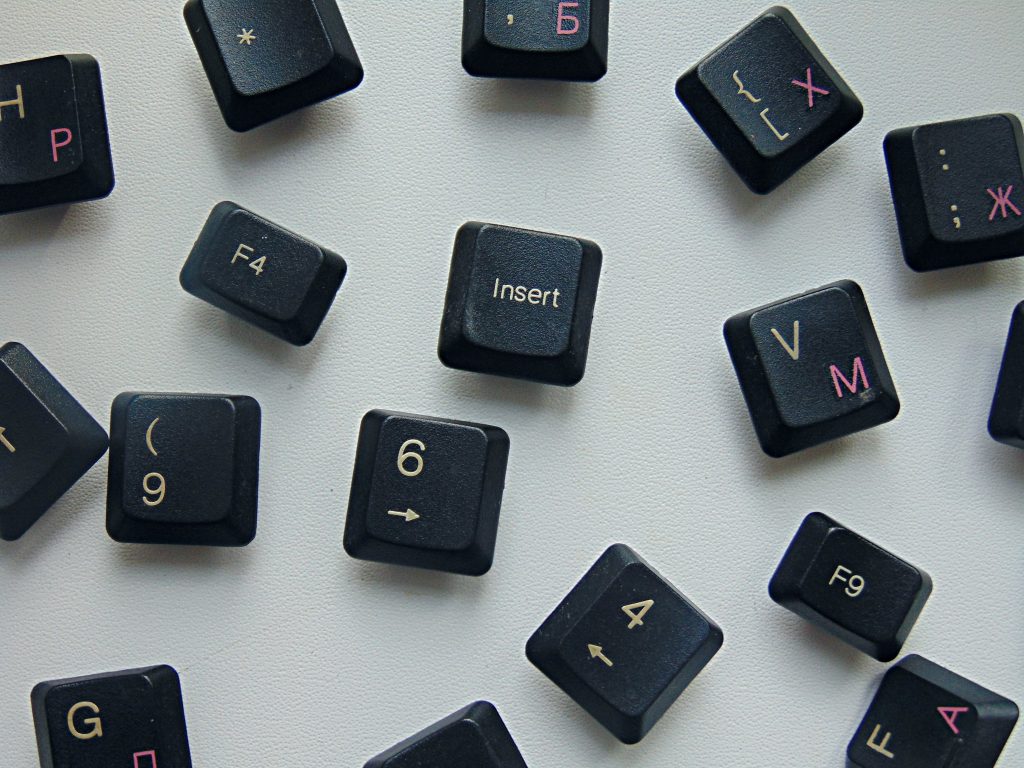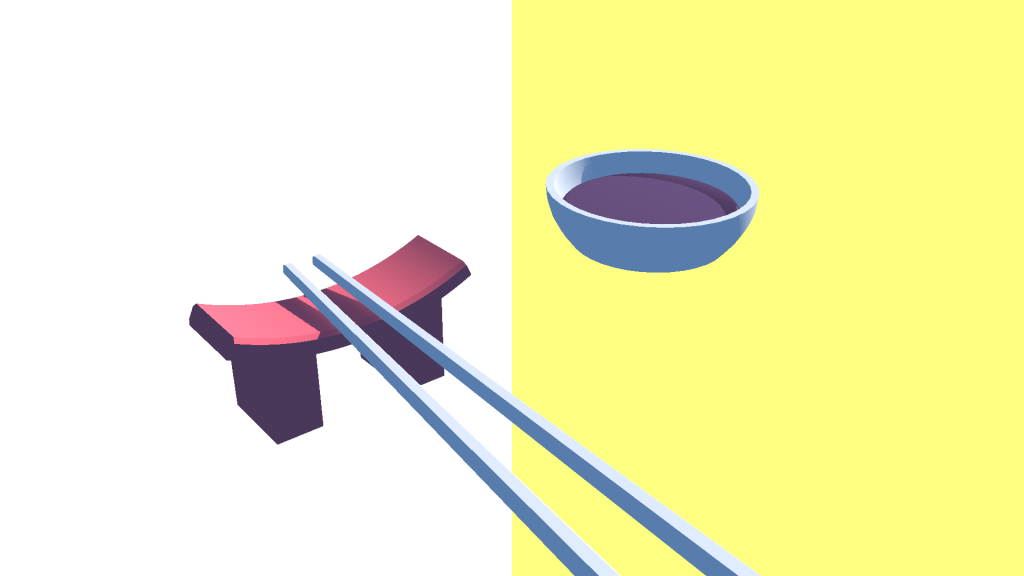We’ve recently released a new package for use with all “Nav 2” implementations, called routed_widget_switcher: https://pub.dev/packages/routed_widget_switcher
It allows you to declaratively switch child widgets based on the current Router location:
class SideBar extends StatelessWidget {
Widget build(_){
return RoutedSwitcher(
builders: (info) => [
Routed('*', MainMenu.new),
Routed('/dashboard', DashboardMenu.new),
Routed('/settings', SettingsMenu.new),
]);
}
}
Continue reading → 



